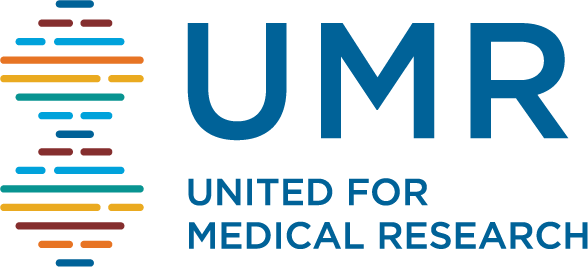March 24, 2025
On March 24, 2025, UMR wrote to Appropriations Subcommittee on Labor, Health and Human Services, Education and Related Agencies (“Labor-HHS”) Chairs, Sen. Shelley Moore Capito and Rep. Robert Aderholt, and Ranking Members, Sen. Tammy Baldwin and Rep. Rosa DeLauro, urging for a base budget of at least $51.3 billion for the National Institutes of Health (NIH) in Fiscal Year 2026 appropriations.
The letter states:
Dear Chairs Capito and Aderholt and Ranking Members Baldwin and DeLauro:
On behalf of United for Medical Research (UMR), a coalition of America’s leading research institutions, private industry, and patient advocates, we urge you to keep the National Institutes of Health (NIH) on a strong and sustainable path by providing a base budget of at least $51.3 billion in fiscal year 2026 appropriations.
We are deeply grateful for your longstanding bipartisan leadership and support of biomedical research in the United States. That support is needed now more than ever, given the level of disruption and uncertainty experienced across our entire medical research enterprise.
Under your leadership, Congress has over the past eight years helped NIH catch up to its unmatched potential after a decade of flat funding. However, if NIH once again experiences flat funding or a cut to its base level budget, it will undermine three major national priorities: the health of the nation; economic progress; and America’s standing as the global leader of biomedical research.
Health of the Nation
Every state in the country is the beneficiary of NIH grants and every community in the country benefits from breakthrough discoveries that began with an NIH research grant. One example is the partnership of NIH’s National Cancer Institute and Thermo Fisher Scientific on an umbrella trial to leverage next generation sequencing technology in treating acute myeloid leukemia blood cancers. By accelerating the process of understanding the genetic changes underlying these aggressive cancers, patients can be quickly matched to clinical trials and treatments giving them a much better chance of survival.
This type of groundbreaking research is playing out in every region across the United States, giving patients and families hope for better treatments and even cures for our most vexing and devastating diseases. Pulling back NIH’s resources now will greatly reduce our biomedical research community’s ability to deliver the scientific breakthroughs Americans are looking for and deserve.
Economic Engine
In addition to the invaluable and incalculable health benefits NIH provides all Americans, the agency also is an unmistakable economic engine. This month UMR released the 2025 update of its annual analysis of the economic impact of research funding from the NIH, which shows that the $36.94 billion awarded to researchers in the 50 U.S. states and the District of Columbia in FY2024 supported 407,782 jobs and $94.58 billion in new economic activity nationwide — or $2.56 for every $1 invested. Another UMR analysis looks at the exponential impact NIH research has in rural states.
There is no better investment in the U.S. than one that saves lives and supports local economies.
Global Leadership
The United States’ global dominance in biomedical research is due to our highly successful biomedical innovation ecosystem, anchored by the NIH and its unique partnership with American research universities, companies, and patient advocacy groups to conduct research and move innovation from the lab to the marketplace where they can improve the health of our nation and the world.
However, because of the latest threat to sustainable funding for the NIH, our biomedical research preeminence is in doubt. In fact, because of the current uncertainty surrounding NIH’s budget, it has been reported that some European countries and China are actively recruiting American scientists to help their biomedical research enterprises compete and possibly overtake the U.S. as global leader.
As Labor-HHS Appropriations subcommittee leaders and strong supporters of the basic research mission of the NIH, patients and families from every community – rural and urban – need your help. By providing NIH with a base program level of at least $51.3 billion for FY2026, Congress will be investing in more cures, more life-saving treatments, and providing hope for countless Americans.
Thank you again for your leadership. UMR is eager to be a resource to you and your staff in the important weeks ahead.

